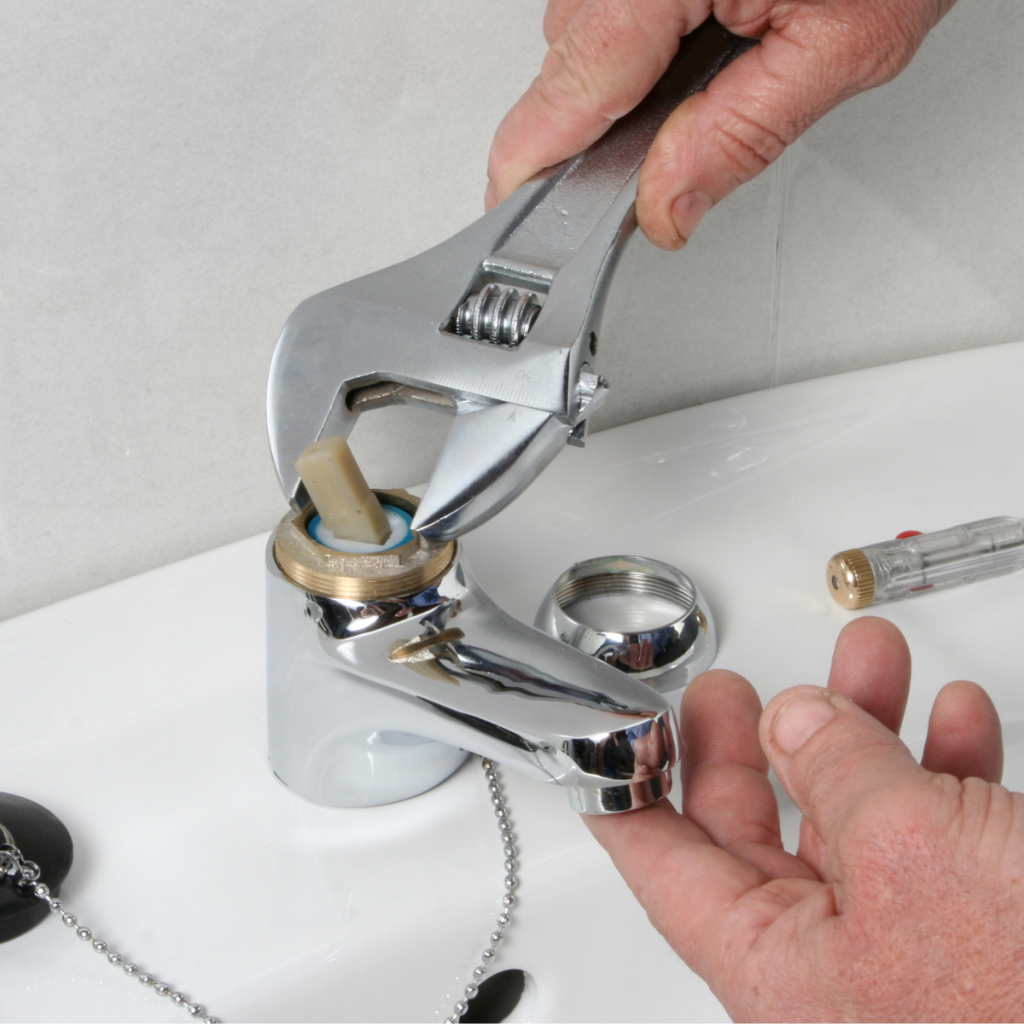When you get your electronics, appliances, or other devices repaired, understanding the warranty policy is crucial. A good warranty can give you peace of mind, ensuring that you are covered in case the issue reoccurs after the repair. However, not all warranty policies are the same, and it’s essential to read the fine print to fully comprehend what is covered and for how long. Whether you are fixing your laptop, smartphone, or home appliance, knowing how to interpret warranty terms can help you avoid confusion and make informed decisions. In this article, we will break down the essential components of repair service warranties, so you can understand what you’re entitled to and how to protect your investment.
Why Understanding Warranty Policies Matters

A warranty is essentially a promise from the repair provider that they will stand behind their work. It ensures that if the same problem arises again within a specified period, you won’t have to pay for the same repair. However, warranties can vary widely depending on the provider, the type of repair, and the terms of the agreement. Misunderstanding the details can lead to frustration and unexpected costs. By understanding the key elements of repair service warranties, you can avoid these pitfalls and ensure that you are getting the protection you need.
Key Elements of Warranty Policies You Need to Understand
Before committing to any repair service, it’s essential to understand the specifics of their warranty policies. Below are the critical components of warranty terms you should be familiar with:
1. Duration of the Warranty Period
One of the first things you should check is how long the warranty lasts. Warranty periods can vary significantly depending on the type of repair service and the nature of the repair. Some services offer warranties lasting just a few weeks, while others might offer coverage for up to a year or more.
Key Points to Consider:
- Short-term warranties might only cover minor repairs or quick fixes.
- Long-term warranties are often associated with more complex or expensive repairs, like appliance or car repairs.
- Make sure to confirm the warranty start date and whether it starts from the date of service or from the date of product pickup or delivery.
Knowing the length of the warranty gives you an idea of how long your repair is covered, so you can seek assistance if the problem reoccurs.
2. What is Covered by the Warranty
Understanding what is covered by the warranty is essential. Some warranties cover only specific issues related to the original problem, while others may cover all possible failures of the same part. Knowing what is and isn’t included can help prevent misunderstandings later on.
Key Points to Consider:
- Some warranties cover parts, while others cover both parts and labor.
- Check whether the warranty covers accidental damage or external factors like wear and tear.
- Clarify whether the warranty includes repair or replacement of faulty parts.
Make sure that the warranty includes coverage for the specific issue you had repaired. If you’re uncertain, ask for clarification from the repair provider.
3. Exclusions and Limitations
All warranties come with certain exclusions and limitations. It’s crucial to read these carefully, as they can help you avoid unexpected costs if an issue arises. For example, some warranties may exclude coverage for certain types of damage, like liquid damage, or if the product is used improperly.
Key Points to Consider:
- Warranty exclusions often apply to damages not related to the original repair.
- Some warranties may be voided if the device is repaired by a different service provider or tampered with in any way.
- Check if the warranty includes clauses regarding misuse, improper handling, or unauthorized repairs.
Knowing these exclusions will help you avoid invalidating your warranty. For instance, if you accidentally drop your phone after a screen replacement, this may not be covered under the warranty.
4. Repair or Replacement
Another key aspect of any warranty policy is whether the provider will repair or replace the faulty parts or device. Some repair services offer to replace defective parts if the problem persists, while others might offer free repairs. It’s important to know what kind of solution you can expect.

Key Points to Consider:
- If your device continues to experience the same issue, ask whether the provider will fix it again or offer a replacement.
- Understand whether you will be provided with a new part or a refurbished one.
- Find out if the replacement is limited to the same brand or model.
This helps you determine whether the service will fully resolve your problem or if additional issues might arise.
5. Labor Costs and Additional Fees
Warranties often cover only the cost of parts, but not the labor involved in repairing your device. It’s crucial to verify whether labor is included in the warranty coverage. Some repair providers may also charge for other fees, such as shipping or diagnostic testing.
Key Points to Consider:
- Inquire whether the warranty covers labor costs associated with the repair.
- Ask if there are any hidden charges that could be added on top of the service fee.
- Determine whether shipping costs for returning the device are included in the warranty.
Understanding these costs upfront can help you avoid any surprise bills and ensure that you get the best deal for your repair service.
6. Transferability of the Warranty
Some warranties are transferable, which means that if you sell or give away the device, the new owner can still benefit from the remaining warranty. This can be a valuable selling point if you decide to part with the device later on.
Key Points to Consider:
- Verify if the warranty is valid if you transfer ownership of the device.
- Check if you need to notify the repair service of a change in ownership for the warranty to remain valid.
- Find out if the transfer process requires documentation or forms.
Knowing whether your warranty is transferable gives you more flexibility in case you decide to sell or give away your repaired device.
7. Procedure for Filing a Warranty Claim
Understanding how to file a warranty claim is essential in case your repaired device encounters problems in the future. Each repair service provider will have its own process for warranty claims, and it’s important to familiarize yourself with it.
Key Points to Consider:
- Ask whether you need to keep a copy of the repair receipt to file a claim.
- Understand the process for initiating a warranty claim, including any required documentation.
- Inquire about the typical timeline for warranty claims and how long it will take to resolve the issue.
Having a clear understanding of the process ensures that you can act quickly if something goes wrong with your repair.
How to Use Warranty Policies to Your Advantage
Once you have a clear understanding of your repair warranty, there are several steps you can take to ensure you’re making the most of it:

- Keep Detailed Records: Always keep the receipt and any documents related to the repair. These are essential when making a warranty claim.
- Inspect the Repair: After the service is completed, test the repaired device to ensure it works properly. If you notice any issues, report them immediately.
- Contact the Provider Promptly: If you encounter any problems during the warranty period, contact the repair provider as soon as possible to address the issue.
- Follow the Terms: Adhering to the terms and conditions of the warranty ensures that you remain covered for the full duration of the agreement.
By understanding and using the warranty policy to your advantage, you can save money and ensure your device remains in good working condition.
Conclusion
Reading and understanding warranty policies in repair services is crucial for ensuring that you are protected in case issues arise after a repair. By focusing on key factors such as the duration, coverage, exclusions, labor costs, and the procedure for filing a claim, you can make informed decisions and avoid unnecessary expenses. A good warranty provides peace of mind, knowing that your repaired device is covered for potential future issues. Always ask for clarification if you’re unsure about any aspect of the warranty, and take steps to keep track of important documents to ensure your repair service remains reliable.

Leave a Reply